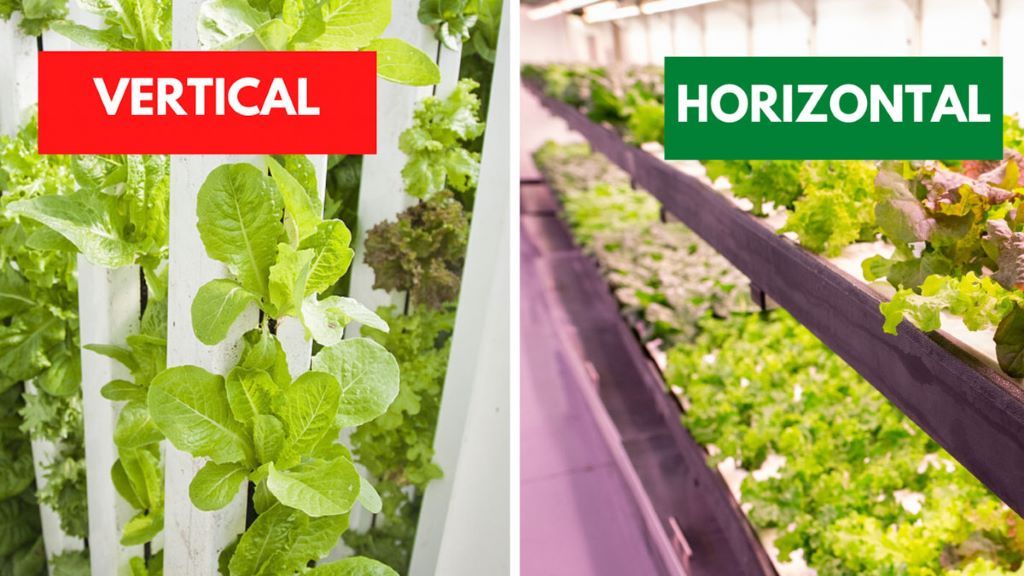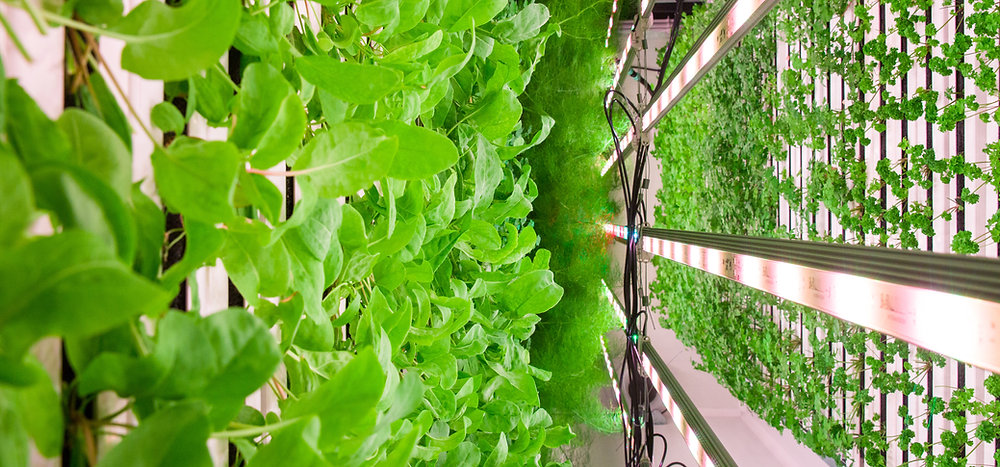
Hydroponics, the art of growing plants without soil, is revolutionizing agriculture. Within hydroponics, two primary orientations are gaining popularity: vertical and horizontal farming. Each has unique advantages and considerations, making the choice between them crucial for anyone exploring this sustainable growing method.
What is Vertical Hydroponic Farming?
As the name suggests, vertical hydroponic farming involves stacking plants in layers, creating a tower-like structure. This allows growers to maximize space by cultivating upwards, making it ideal for urban areas and locations with limited land. Plants are often housed in systems like stacked trays, A-frames, or vertical towers.
What is Horizontal Hydroponic Farming?
Horizontal hydroponic farming resembles traditional soil-based agriculture, with plants grown on flat, horizontal surfaces like tables or troughs. This method often uses hydroponic techniques like nutrient film technique (NFT), deep water culture (DWC), or ebb and flow systems.

Key Factors to Consider When Choosing
Understanding the differences between vertical and horizontal hydroponics is essential for informed decision-making. Here’s a breakdown of key factors:
- Space Utilization: Vertical farming’s core advantage is its efficient space utilization. By growing upwards, a small footprint can yield significantly more crops than traditional methods. This makes it particularly appealing for urban farming or areas with limited land resources
- Crop Variety: While some crops thrive in vertical systems, others are better suited to horizontal setups. Leafy greens, herbs, and microgreens excel vertically. Larger fruiting plants like tomatoes, cucumbers, and peppers often fare better horizontally, as they need more space for roots and vine growth.
- Resource Efficiency: Both methods are generally more resource-efficient than soil-based farming. However, vertical setups can have an edge in water and nutrient use, as gravity aids in distribution. Careful system design is crucial in both orientations.
- Yield and Productivity: Crop yields can be high in both vertical and horizontal systems. Vertical farms often have the potential for faster harvests due to densely packed plants, but careful management of plant density is essential to avoid competition for light and resources.
- Lighting Requirements: Vertical farms demand well-planned lighting, which can be a significant cost. Plants in lower layers may receive less light, requiring supplemental LEDs or a rotating system. Horizontal systems often have easier access to natural sunlight.
- Environmental Impact: Both hydroponic methods are less environmentally taxing than traditional farming. Vertical setups generally boast the smallest footprint but might consume more energy due to lighting and pumps.
Additional Considerations
- Cost: Vertical systems often have higher upfront investment costs. This is due to the need for specialized structures, lighting systems, and potentially more sophisticated pumps.
- Accessibility: Plant maintenance and harvesting can be easier in horizontal systems due to their lower height. Vertical setups might require ladders or platforms for access.
- Technical Expertise: While both farming methods require hydroponic knowledge, vertical gardens often demand more complex system management. This involves factors like nutrient flow, lighting schedules, and plant spacing.
Is One Always Better?
There is no single answer as to whether vertical or horizontal hydroponics is superior. The best choice hinges on specific needs, including:
- Location and Space Constraints
- Desired Crops
- Financial Resources
- Experience Levels
Hybrid Systems
Interestingly, the potential to combine aspects of vertical and horizontal farming offers flexibility for growers. For example, a system could have vertical stacks for leafy greens alongside horizontal troughs for fruiting vegetables.
The Future of Farming
The demand for sustainable, locally-sourced food is ever-growing. Both vertical and horizontal hydroponics play pivotal roles in the future of agriculture, offering innovative solutions to address land scarcity, water conservation, and the need for increased food production.
If you’re considering hydroponic farming, carefully weighing your space constraints, crop selection, and available resources, along with researching specific system designs, will guide you towards making the optimal choice between the fascinating worlds of vertical and horizontal hydroponics.
